Struggling to remember what you learned in class? You’re not alone. Many college students find that the information just seems to slip away after the lecture ends. But what if there was a way to make the knowledge stick?
The good news is, your note taking technique can be the answer. There are several science-backed methods you can use to take better notes. These note taking methods not only improve focus during class, but boost long-term retention.
This article will dive into the most effective scientific note taking strategies. With these methods, you can say goodbye to forgetting key concepts and hello to better grades. So, let’s get started.
Scientific Note-Taking Methods That Boost Memory
Why Note Taking Matters for College Students
In college, you spend hours in lectures and reading tons of articles. But just sitting there isn’t enough. Note taking is key, here is why:
- Active Learning: Note taking forces you to think as you listen or read. This active learning helps you understand and remember better.
- Improved Focus: Writing keeps you focused on the material, cutting down on distractions.
- Better Retention: Studies show that writing notes by hand helps you remember better than typing. It forces you to process information more deeply.
- Study Aid: Your notes become a tailored study guide, making review easier and more effective.
- Personal Connection: Taking notes in your own words helps you connect with the material, making it more meaningful.
The Science Behind Effective Note Taking
Why do some note taking methods work better than others? It boils down to how your brain handles information.
- Cognitive Load: Your brain can only handle so much at once. Efficient note taking reduces cognitive load by focusing on key points.
- Encoding: The way you take notes affects how your brain encodes information. Active methods, like summarizing, lead to stronger encoding.
- Spaced Repetition: Reviewing your notes at increasing intervals reinforces memory over time.
- Dual Coding: Combining words with visuals (like diagrams) uses different parts of your brain, improving recall.
- Elaboration: Connecting new info to what you already know creates stronger memory links.
Method 1: The Cornell Method
The Cornell Method is a structured way to take notes that helps with review later. It’s great for lectures and readings.
How It Works:
- Divide your paper: Draw a vertical line down your page, about 2.5 inches from the left. The larger right section is for note taking during the lecture. The left column is for cues and questions.
- Note Taking: In the right section, write down main ideas, supporting facts, examples, and definitions. Don’t worry about full sentences; use abbreviations and symbols.
- Cue Column: After the lecture, fill in the left column with key words, questions, or prompts related to your notes. These act as cues when you review.
- Summary: At the bottom of the page, write a short summary of the entire page’s content. This reinforces the main points.
Benefits:
- Organized: The structure helps you organize information logically.
- Easy Review: The cue column makes it easy to quiz yourself on the material.
- Active Recall: Summarizing forces you to process and condense the information.
Example:
Imagine you’re in a history lecture about World War I.
- Right Section (Notes): WWI began 1914. Archduke Franz Ferdinand assasinated. Alliance system: Central Powers (Ger, A-H, Ottoman) vs. Allies (Brit, Fr, Rus). Trench warfare = stalemate. US entered 1917. Treaty of Versailles 1919.
- Left Section (Cues): Start date, cause, major powers, war style, US entry, end result
- Summary: WWI was a global conflict from 1914-1919, caused by the assasination of Archduke Ferdinand and fueled by alliances. Trench warfare led to stalemate, and the Treaty of Versailles ended the war.
Method 2: The Outlining Method
Outlining is a classic note taking method that organizes information in a hierarchical structure. It’s best for subjects with clear main ideas and supporting details.
How It Works:
- Main Topic: Write the main topic as the heading.
- Main Points: Indent and list the main points related to the topic using Roman numerals (I, II, III).
- Subpoints: Indent further and list subpoints under each main point using capital letters (A, B, C).
- Supporting Details: Indent again and add supporting details under each subpoint using numbers (1, 2, 3).
Benefits:
- Clear Structure: The outline format shows the relationship between ideas.
- Easy to Follow: The hierarchy makes it easy to see the main points and supporting details.
- Good for Organization: It helps you organize your thoughts during the lecture.
Example:
Let’s say you’re in a biology class learning about cell structure.
I. Cell Structure
A. Cell Membrane
1. Outer boundary of the cell
2. Controls movement of substances in and out
B. Cytoplasm
1. Gel-like substance inside the cell
2. Contains organelles
C. Nucleus
1. Control center of the cell
2. Contains DNA
Method 3: The Mapping Method
Mapping, also known as mind mapping, is a visual way to organize information. It’s great for brainstorming and seeing connections between ideas.
How It Works:
- Central Idea: Write the main topic in the center of a page and draw a circle around it.
- Branches: Draw lines (branches) from the central idea to related subtopics.
- Keywords: Write a keyword or phrase along each branch to represent the subtopic.
- Sub-branches: Draw smaller branches from the subtopics to supporting details and examples.
- Colors and Images: Use colors, symbols, and images to make the map more visual and memorable.
Benefits:
- Visual: The visual layout helps you see the big picture and how ideas connect.
- Flexible: It’s easy to add new ideas and make connections.
- Good for Brainstorming: It’s a great way to generate ideas and explore different angles.
Example:
Imagine you’re planning a marketing campaign for a new product.
- Central Idea: “New Product Launch” in the center circle.
- Branches: “Target Audience,” “Marketing Channels,” “Budget,” “Timeline.”
- Sub-branches: Under “Target Audience,” you might have “Age,” “Interests,” “Location.”
Method 4: The Charting Method
Charting is a method that organizes information into tables or charts. It’s useful for topics with lots of facts and relationships, like comparing different theories or events.
How It Works:
- Categories: Identify the key categories you want to compare.
- Columns: Create columns for each category.
- Rows: List the items you want to compare in the rows.
- Fill in the Chart: Fill in the chart with relevant information for each item in each category.
Benefits:
- Organized Comparison: It makes it easy to compare and contrast different items.
- Clear Overview: You can quickly see the key differences and similarities.
- Good for Facts: It’s great for organizing factual information.
Example:
Let’s say you’re studying different types of government in a political science class.
| Type of Government | Leader | Power Source | Key Features |
| —————— | ————– | ————- | —————————————— |
| Democracy | Elected Leaders | The People | Free elections, citizen rights |
| Autocracy | Single Ruler | Force | Unlimited power, no citizen rights |
| Oligarchy | Small Group | Wealth/Power | Power held by a few, limited citizen rights |
Method 5: The Sentence Method
The Sentence Method is a straightforward way to take notes by writing each new fact or idea on a separate line. It’s best for fast-paced lectures where you need to capture a lot of information quickly.
How It Works:
- New Line: Write each new fact, idea, or concept on a separate line.
- Numbering: Number each line to keep track of the information.
- Keywords: Focus on writing down keywords and phrases rather than full sentences.
- Skip Lines: Leave space between lines so you can add details later.
Benefits:
- Simple: Easy to learn and use.
- Fast: You can capture a lot of information quickly.
- Flexible: You can use it for any subject.
Example:
Imagine you’re in a lecture on climate change.
- Climate change = long-term shift in temps & weather patterns
- Caused by human activities (burning fossil fuels)
- Greenhouse gases trap heat
- Leads to rising sea levels
- Extreme weather events more frequent
- Need to reduce emissions
Optimizing Your Notes for Long-Term Retention
Taking good notes is just the first step. Here are some science-backed strategies to make the knowledge stick.
- Review Regularly: Review your notes within 24 hours, then again a few days later, and then weekly. This spaced repetition reinforces memory.
- Elaborate: Add extra details, examples, and connections to other topics as you review. This deepens your understanding.
- Test Yourself: Use your notes to quiz yourself. This active recall strengthens memory pathways.
- Rewrite: Rewrite your notes in your own words. This helps you process the information and make it more meaningful.
- Teach Someone Else: Explaining the material to someone else forces you to organize your thoughts and identify any gaps in your knowledge.
- Use Visual Aids: Add diagrams, charts, and images to your notes. Visuals are easier to remember than text alone.
- Stay Organized: Keep your notes organized by date, subject, and topic. This makes it easier to find and review them later.
The Role of Technology in Note Taking
While traditional pen-and-paper note taking has its benefits, technology can also play a role in enhancing your note taking.
- Note Taking Apps: Apps like Evernote, OneNote, and Notion let you organize notes, add multimedia, and access them from any device.
- Audio Recording: Recording lectures lets you focus on listening and participate fully. You can always go back and review the recording later to fill in any gaps in your notes. Just make sure the professor allows it.
- Cloud Storage: Services like Google Drive and Dropbox keep your notes safe and accessible from anywhere.
- Speech-to-Text: Use speech-to-text software to quickly transcribe lectures or your own thoughts.
- Digital Mind Mapping: Software like MindManager and XMind make it easy to create and edit mind maps.
Choosing the Right Method for You
There’s no one-size-fits-all note taking method. The best method for you depends on:
- Learning Style: Are you a visual learner? Try mapping. Do you prefer structure? Go for outlining or Cornell.
- Subject Matter: Some subjects lend themselves better to certain methods. Charting is great for comparing data, while outlining works well for hierarchical topics.
- Lecture Style: Is the lecture fast-paced? The Sentence Method might be best. Does the professor provide a clear structure? Try outlining.
- Personal Preference: Experiment with different methods and see which one you find most comfortable and effective.
Beyond the Classroom: Note Taking for Lifelong Learning
Note taking isn’t just for college. It’s a skill that can benefit you throughout your life.
- Professional Development: Take notes at conferences, workshops, and training sessions to retain key information.
- Reading: Take notes while reading books and articles to deepen your understanding and remember important points.
- Meetings: Take notes during meetings to stay focused and keep track of action items.
- Personal Growth: Use note taking to reflect on your experiences, track your goals, and learn from your mistakes.
Stop Forgetting and Start Remembering
Improving your note taking skills is a simple skill that has benefits for all aspects of life.
Use the best method for each lecture, be sure to use them right, and remember all the tips you learned today. If you can do this, not only will you do better in college, but you will have the skills to succeed far beyond that.

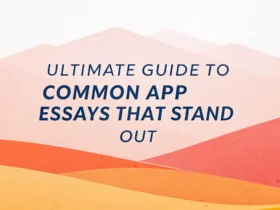
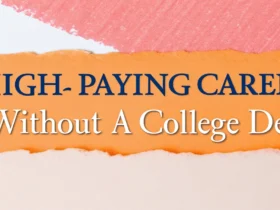
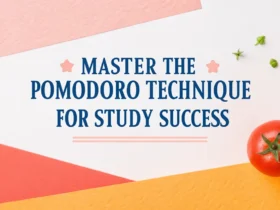
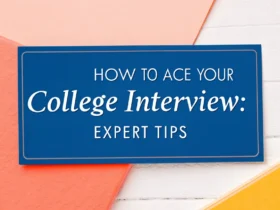
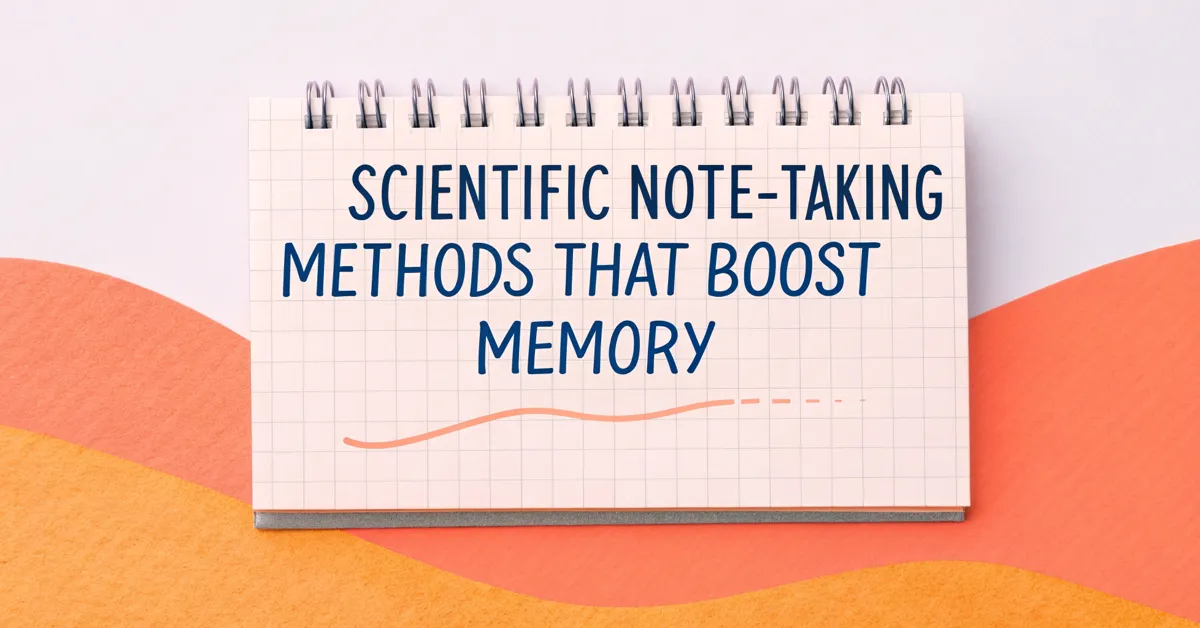
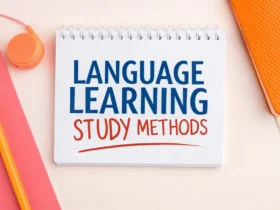




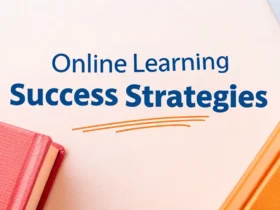
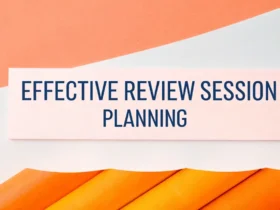
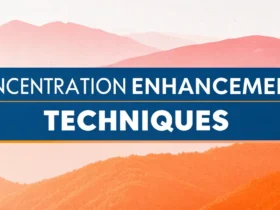
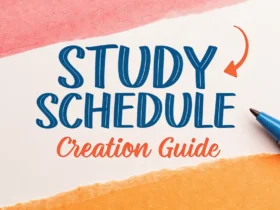
Leave a Reply
View Comments